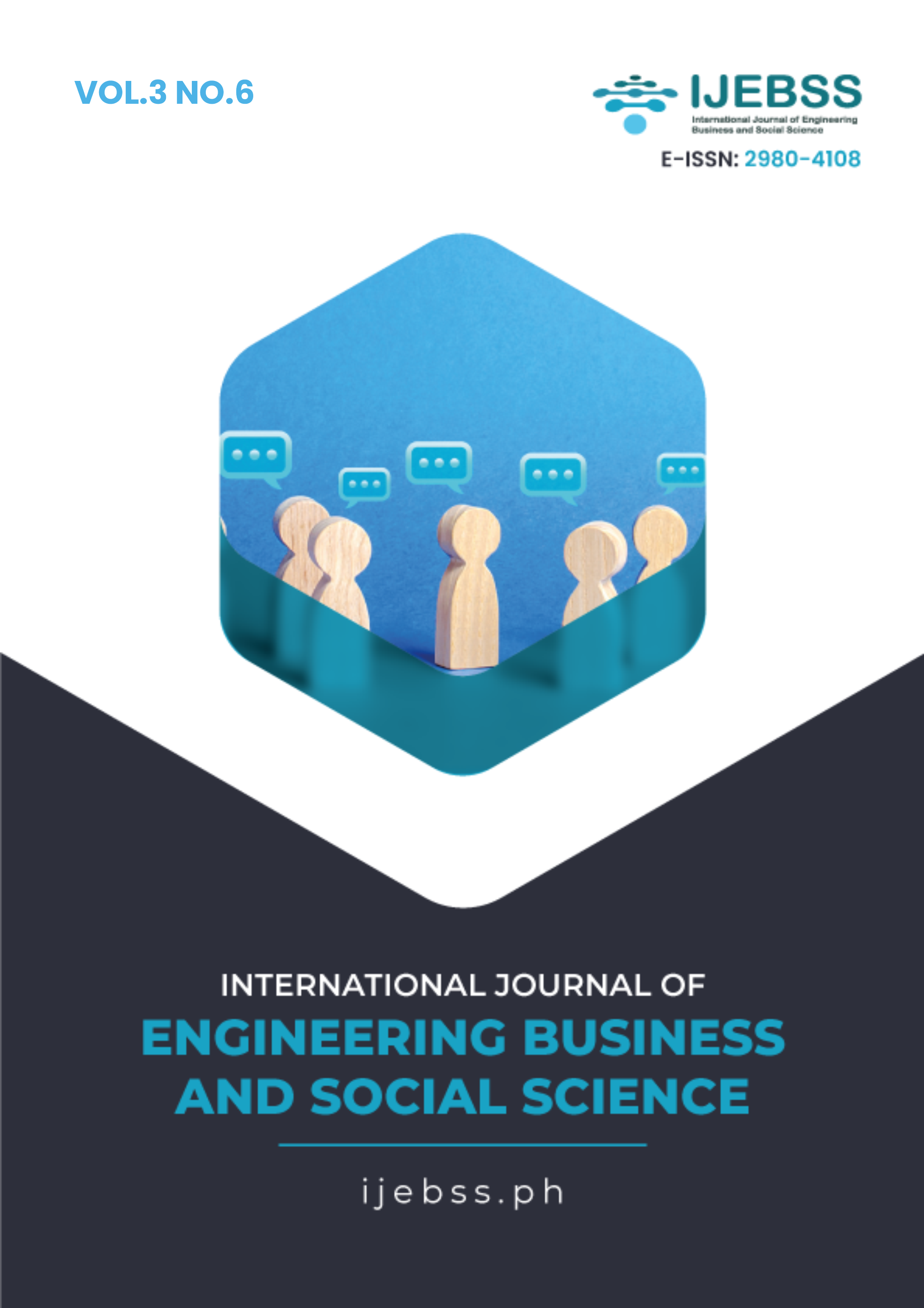Strategies for Decarbonization Through Modal Shift in Logistic Transportation: Case Study of Tanah Abang Market
Keywords:
Decarbonization, Sustainable Transportation, Modal Shift, Rail-Based LogisticsAbstract
The rapid growth of Indonesia’s logistics sector, contributing 6.24% to GDP in 2024, has exacerbated greenhouse gas (GHG) emissions, with road transport accounting for 90% of the transportation sector’s 27% national emissions share. Jakarta’s Tanah Abang Market, Southeast Asia’s largest textile hub, exemplifies this challenge, generating 8.33 tons CO₂e/day from freight activities dominated by diesel trucks (91% modal share). This study evaluates the decarbonization potential of shifting freight transport from road to rail via the proposed Tanah Abang Logistics Station. Using empirical freight flow data, vehicle emission factors, and scenario modeling (pessimistic, BAU, optimistic), we project emissions and externality cost reductions for 2025–2045. Results show rail-based logistics could reduce emissions by 5.6% (1.31 tons CO₂e/day) under pessimistic scenarios and 12.5% (7.68 tons CO₂e/day) under optimistic conditions by 2045. While impactful, these reductions fall short of Indonesia’s 2030 NDC target (20% transport sector cuts). Economically, modal shift yields externality cost savings of IDR 423 million/year (optimistic scenario) through avoided emissions. The findings underscore rail’s role in sustainable urban freight but highlight infrastructure and policy gaps limiting decarbonization speed. This study provides actionable insights for policymakers to accelerate rail integration, aligning logistics growth with Indonesia’s 2060 net-zero commitment while improving air quality in Jakarta.
Published
Issue
Section
Copyright (c) 2025 Audrien Diego Aden, Nahry, Sutanto Soehodho, Astryd Viandila Dahlan

This work is licensed under a Creative Commons Attribution-ShareAlike 4.0 International License.
Authors who publish with this journal agree to the following terms:
- Authors retain copyright and grant the journal right of first publication with the work simultaneously licensed under a Creative Commons Attribution-ShareAlike 4.0 International. that allows others to share the work with an acknowledgment of the work's authorship and initial publication in this journal.
- Authors are able to enter into separate, additional contractual arrangements for the non-exclusive distribution of the journal's published version of the work (e.g., post it to an institutional repository or publish it in a book), with an acknowledgment of its initial publication in this journal.
- Authors are permitted and encouraged to post their work online (e.g., in institutional repositories or on their website) prior to and during the submission process, as it can lead to productive exchanges, as well as earlier and greater citation of published work.


